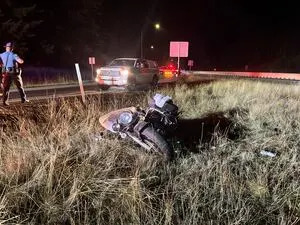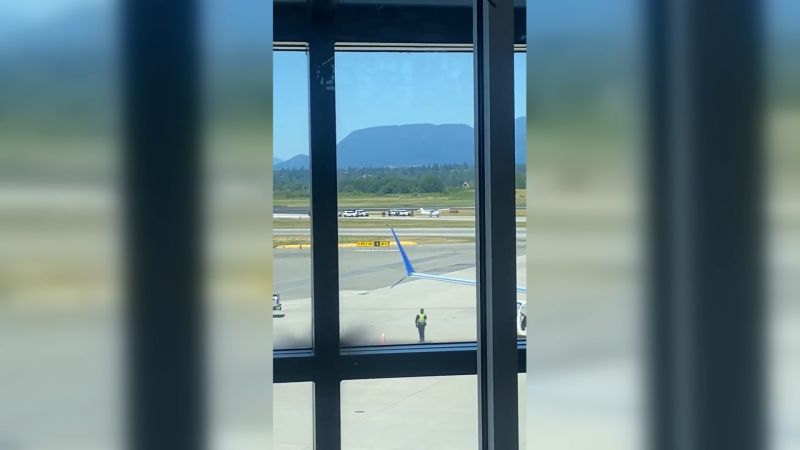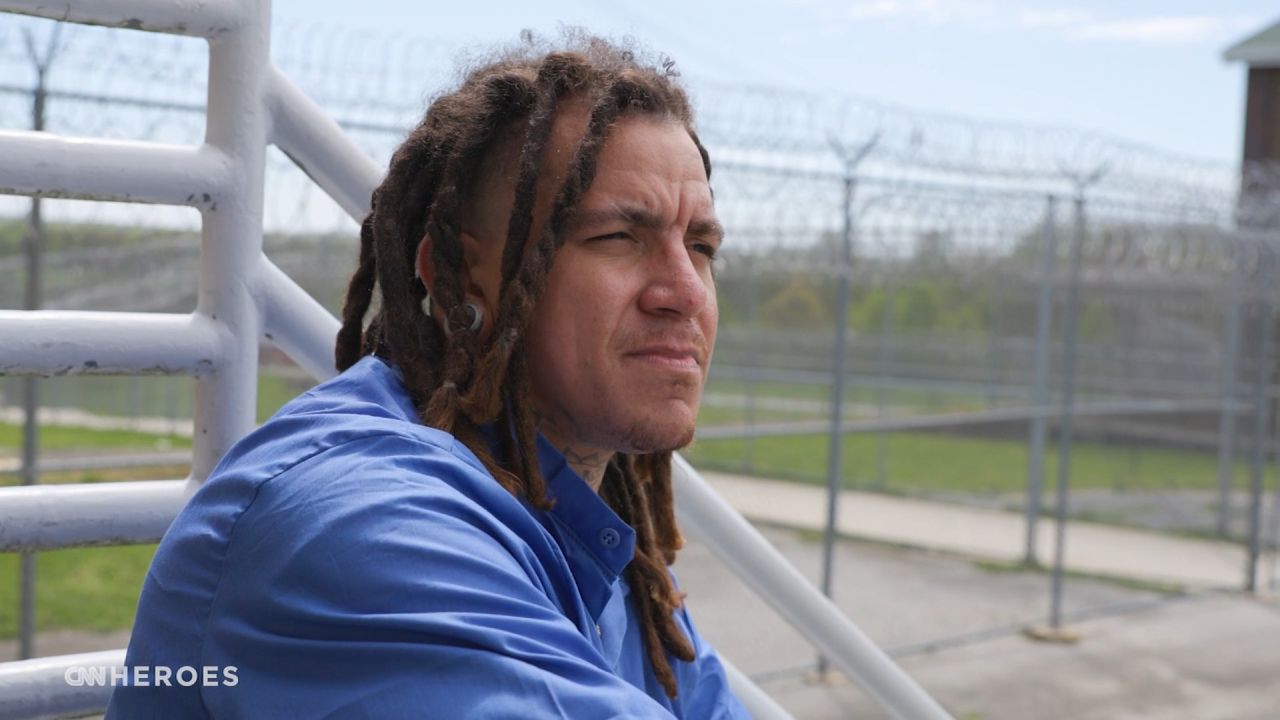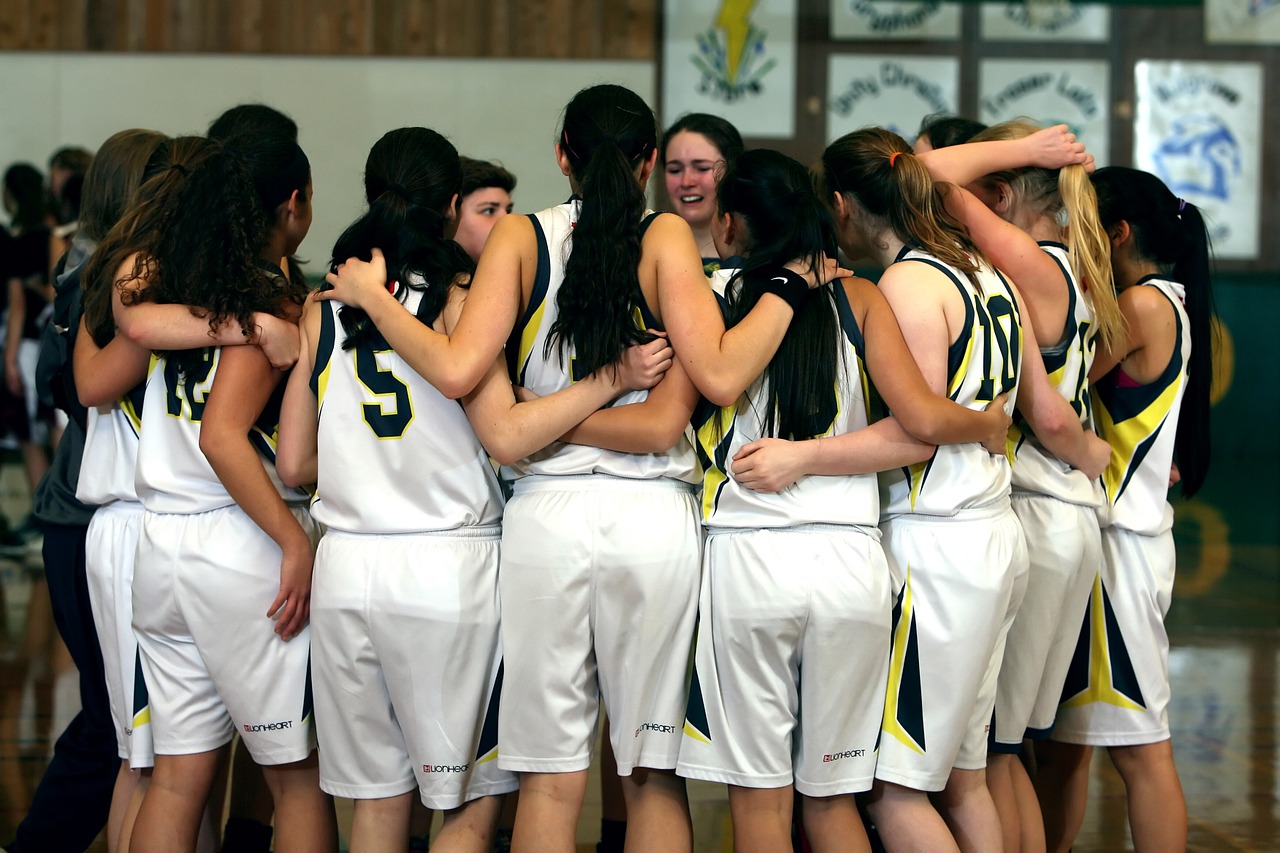Jurors Engage Actively in James Craig Murder Trial Questions
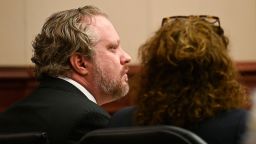
Jurors in the murder trial of James Craig have the unique opportunity to ask questions of witnesses, a practice permitted by a specific law in Arapahoe County, Colorado. This trial, which began with opening statements on July 15, 2023, centers around allegations that Craig poisoned his wife, Angela Craig, using a lethal combination of arsenic, cyanide, and tetrahydrozoline, a common ingredient in eye drops. Craig, a 47-year-old dentist, has pleaded not guilty to charges including first-degree murder and solicitation to commit murder.
Jurors are actively participating in the trial by submitting questions during witness testimonies. This engagement is facilitated by a process where jurors write their inquiries on paper and pass them to the judge, who reads them aloud if deemed appropriate. Since the trial’s commencement, jurors have posed at least a dozen questions, indicating their attentiveness and desire for clarity on key issues.
Understanding the Process of Juror Questioning
The ability for jurors to ask questions is not a new concept. According to Nadia Banteka, a professor at Florida State University College of Law, this practice has historical roots, as jurors once played a more active role in fact-finding during early Anglo-American trials. Over time, this role diminished, but efforts for judicial reform in the 1980s and 1990s revived the practice.
In the current trial, juror questioning is structured and controlled by the judge. Jurors must write their questions after a witness testifies, after which the judge reviews them, often with input from the attorneys, to ensure compliance with the rules of evidence. Questions must be relevant and non-prejudicial, avoiding any suggestions of bias or challenges to a witness’s credibility.
Banteka notes that this process is designed to enhance juror understanding, not to transform jurors into advocates. Jurors are also instructed not to discuss their questions with each other, maintaining the integrity of the deliberative process.
Engagement and Focus in Courtroom Testimonies
The jurors have been particularly engaged during the testimonies of key witnesses, such as Caitlin Romero, former office manager of Craig’s dental practice, and Michelle Redfearn, a close friend of Angela Craig. One notable moment occurred when Rose Spychala, a nurse who treated Angela, testified about the medical care provided. A juror inquired whether it was common for families to take photos of patients receiving emergency care, to which Spychala replied that she had never witnessed such a practice.
Questions have also delved into technical aspects of the evidence. For instance, jurors asked David Lee, who processed digital evidence, whether alterations to data could be identified. He confirmed that while it is possible, it depends on various factors. Other witnesses, including a customer service representative from Midland Scientific, have also been asked to clarify details surrounding the case.
The trial is taking place in the same courtroom where James Holmes was tried for the 2012 Aurora cinema shooting, a case that also allowed jurors to ask questions. This precedent illustrates a broader trend within the judicial system in certain jurisdictions.
Across the United States, the practice of allowing jurors to ask questions varies significantly. While many states permit some form of juror questioning, Colorado is among three states that mandate judges to allow such inquiries in both civil and criminal cases. In contrast, at least six states outright prohibit this practice.
Banteka highlights that states permitting juror questions often report higher levels of engagement and satisfaction among jurors. These questions can clarify confusing aspects of testimonies and reduce misunderstandings, ultimately leading to a smoother trial process. Nevertheless, concerns remain about the potential for juror bias and the impact of questioning on the traditional adversarial model of justice.
As this high-profile trial progresses, the dynamics of juror questioning will continue to evolve, reflecting both the potential benefits and challenges of this practice in the quest for justice.

